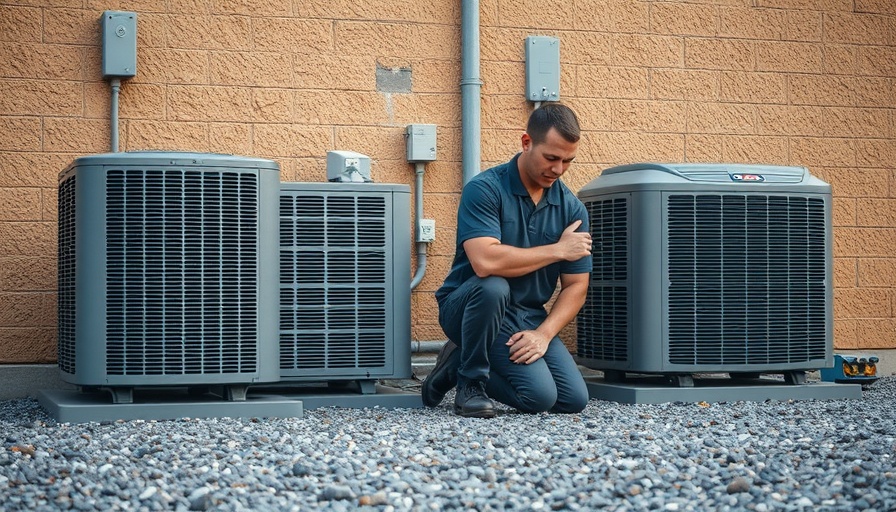
Is the Home Efficiency Credit at Risk?
The Home Efficiency Credit, designed to incentivize energy-efficient home renovations, is facing an uncertain future as recent legislative efforts by the HVAC industry may falter. The Heating, Air-conditioning, and Refrigeration Distributors International (HARDI) has been advocating for the retention of this critical credit, but with challenges arising in Congress, its survival looks bleak. This credit has encouraged homeowners to invest in energy-efficient systems, benefitting both the environment and the economy.
The Heart of the Matter: Why Efficiency Credits Matter
For many homeowners, the financial incentives provided by the Home Efficiency Credit directly influence their decisions to upgrade their HVAC systems or appliances. The credit not only helps reduce the initial cost but also promotes sustainability by encouraging greener practices within households. Without it, the motivation for homeowners to invest in energy-efficient upgrades may diminish, leading to increased energy consumption and higher utility bills in the long run.
Historical Context: A Changing Landscape for Energy Efficiency
Historically, incentives like the Home Efficiency Credit have played a pivotal role in fostering a culture of energy conservation across the United States. This credit initially gained ground during the push for renewable energy and efficiency improvements in household systems. According to industry experts, every dollar spent in rebates and credits to homeowners has resulted in more robust growth within the HVAC sector. However, as political tides shift, the future of such incentives becomes increasingly uncertain.
Potential Outcomes: What Happens If the Credit Fails?
If Congress decides against extending the Home Efficiency Credit, the immediate implications could be dire for the HVAC market. Experts believe the removal of these incentives could lead to lower sales for energy-efficient systems and higher levels of energy use across residential properties. Consequently, this might prompt a reverse trend towards less efficient systems, ultimately conflicting with national efforts to reduce carbon emissions.
A Broader Perspective: The Universal Need for Energy Efficiency
This issue isn't isolated to HVAC. The entire home improvement industry, from plumbing to electrical, stands to face consequences from the potential failure of the Home Efficiency Credit. With rising awareness around climate change, efficiency credits serve dual purposes: encouraging consumer investment while advancing broader environmental goals. Removing such credits could thwart efforts to meet national energy consumption reduction targets.
What Can Be Done: Advocating for Sustainability
Industry stakeholders need to rally together to advocate for the Home Efficiency Credit. This can involve mobilizing support from homeowners who have benefited from the credit, sharing success stories, and demonstrating the tangible savings realized through these energy-efficient upgrades. Engaging lawmakers by highlighting the environmental impact and economic benefits of extending such credits will also be crucial for influencing legislation.
Final Thoughts: The Impact of Legislative Actions
For homeowners and industry professionals alike, the fate of the Home Efficiency Credit is not merely a legislative issue but a matter of ensuring the sustainability of energy practices in the country. As debates continue in Congress, it remains essential for individuals to voice their support for energy efficiency initiatives, fostering a future where energy conservation remains a cornerstone of home improvement.
 Add Row
Add Row  Add
Add 




Write A Comment